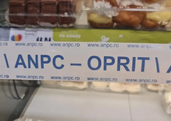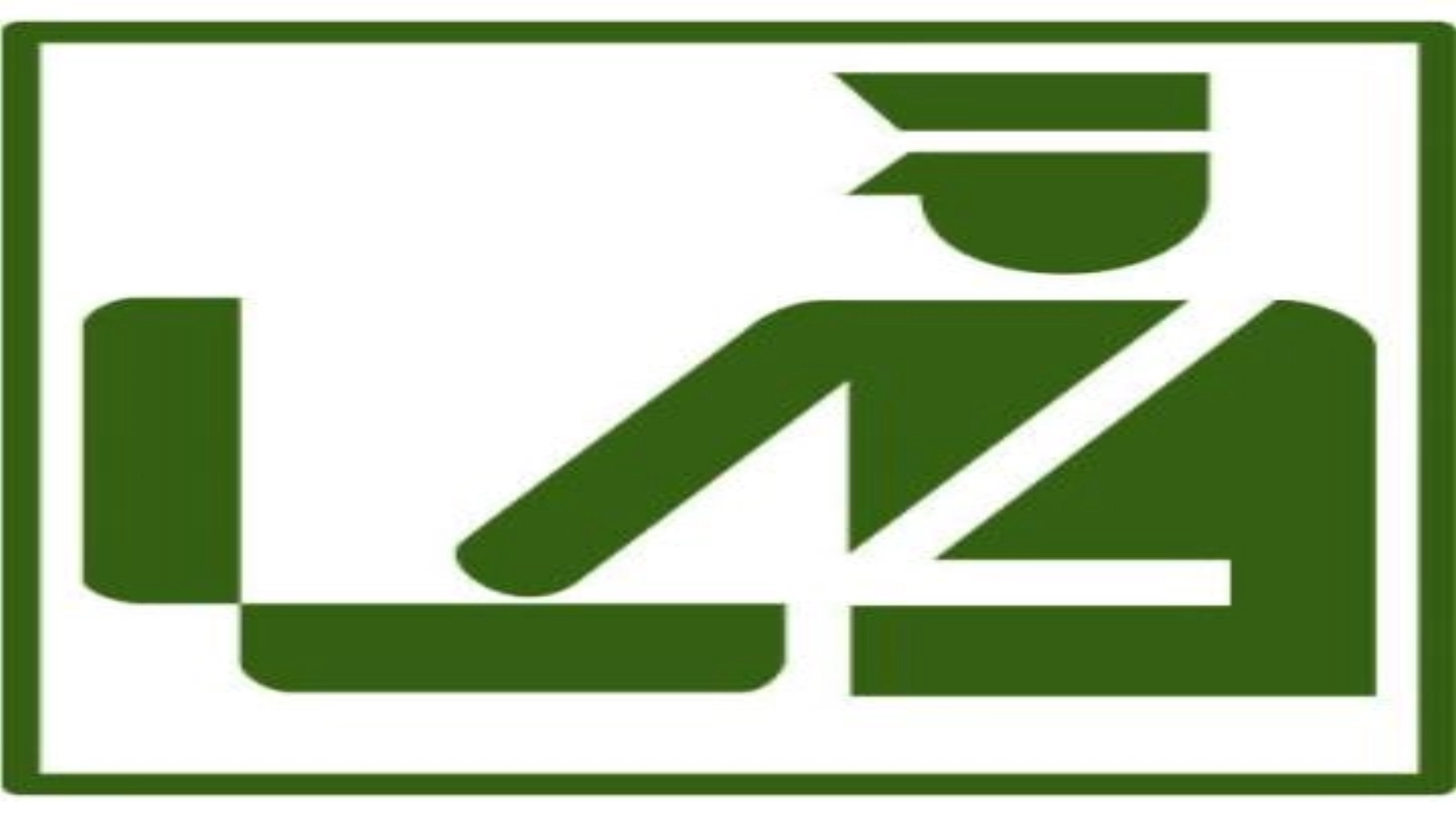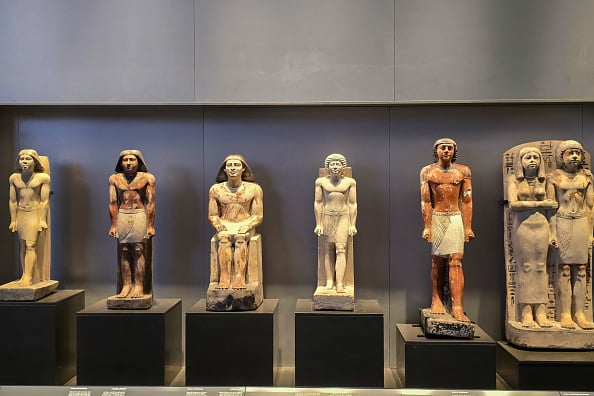The use of the local customs clearance procedure is one of the new measures to streamline the traffic of goods through the Romanian customs offices, according to a study conducted by the EY Romania consulting company.
"Since August 2020, at the level of the Romanian customs offices, new measures have been implemented to streamline the traffic of goods taking into account the long waiting times (between 30 and 500 minutes), as well as to support business operators in the context of the COVID-19 crisis. These measures are intended to help border customs offices also in the context of the Brexit, which will materialise in less than 5 months (January 1, 2021) and will attract an additional volume of imports/exports of over 4 billion euros," according to Mihai Petre, Associate Partner, Tax and Legal Assistance, EY Romania.
According to the study, one of the measures with immediate effect is the directing goods that are imported through the customs offices at the border to the inland customs offices, located within the activity of the importer's headquarters. Border customs offices will take care as a matter of priority of the import formalities for bulk, perishable goods, groupings or those subject to tariff quotas.
Secondly, as an optimal solution, business operators are encouraged to apply for the use of simplified customs clearance procedures. More specifically for the local clearance procedure or centralised customs clearance available for those with AEO certification.
Petre says that the simplified customs clearance procedures are currently used to a very small extent in Romania - 10% compared with 65.57%, the EU average. That means that approximately 1 million customs declarations are submitted annually in the normal procedure, on paper, together with the corresponding set of documents. The use of customs simplifications can reduce this number by 5 or even 10 times, with the help of recapitulative statements.
"In short, the local clearance procedure allows the means of transport to arrive directly at the warehouse of destination, without having to travel to the customs office. As a matter of procedure, importers can benefit from the deferral of the payment of VAT at customs on import, and to register VAT through the reverse charge mechanism, thus avoiding the pre-financing of VAT," according to the EY specialist.
Also, the payment of import duties will be made cumulatively (for a previous period of 30 days) at the time of submission of a single global customs declaration. It can also be used in the case of exports of goods, with the customs clearance for export being obtained directly at the place of loading, without the need to travel to the customs offices.
In the context of the COVID-19 crisis, the local clearance procedure makes it possible to reduce the interaction between the staff of the importer and customs officials.
At the same time, the procedure allows business operators holding an AEO certification (ie both the importer and his customs representative) to submit the customs declaration (import or export) to a single customs office, the one responsible for the area where they are established, even if the goods are to be physically presented at other customs offices in the country.
Thus, in the context of the new fluidisation measures, the procedure will allow the transporters' parking times to be halved, eliminating the need for customs transit. So far, the transport would wait twice: once at the entrance to the country for the opening of the transit, then at the destination for the closing of the transit and for the customs clearance of the goods.
The procedure applies to all customs procedures, except transit. At the same time, excisable products that fall under the warehousing regime and the rules regarding the movement receipt of excise duty under suspension, as well as military products subject to the control of exports, imports and other operations cannot be the subject to the procedure.
EY Romania: Business operators encouraged to use local clearance procedure
Articole Similare

9
Men's basketball: Dramatic victory for U-BT Cluj-Napoca in EuroCup
9

18
Gov't okays contingent of 90,000 newly admitted foreign workers on Romanian labor market in 2026
18

14
The three Romanians stuck in cable car in Italy - evacuated in good condition (ForMin Toiu)
14

13
We will have a deficit lower than the 8.4% we aimed at (PM Bolojan)
13

18
European Commission transfers Tuesday over 586 mln euros to accounts opened at National Bank of Romania
18

9
Bucharest Stock Exchange (BVB) closes higher Tuesday's trading session
9

7
Net assets of investment funds increase by 3.2% in November
7

10
HealthMin announces establishment of AP-ROBOTICS; public hospitals equipped with surgical robots,financed for purchase of consumables
10

36
City Hall of Sector 1 finances modernization of Rapid Club's sports facilities
36

16
Consumer Protection levies fines of almost 679,000 lei on business operators in tourist resorts
16

11
Deficit reduction target will only be achieved through firmness in managing public resources (analysis)
11

14
Over 151 million euros from European funds for investments in vegetable and potato sector
14

19
Romsilva: 492 fires in state forests managed by Romsilva in the 11 months,damages estimated at 2.7 million RON
19



















Comentează